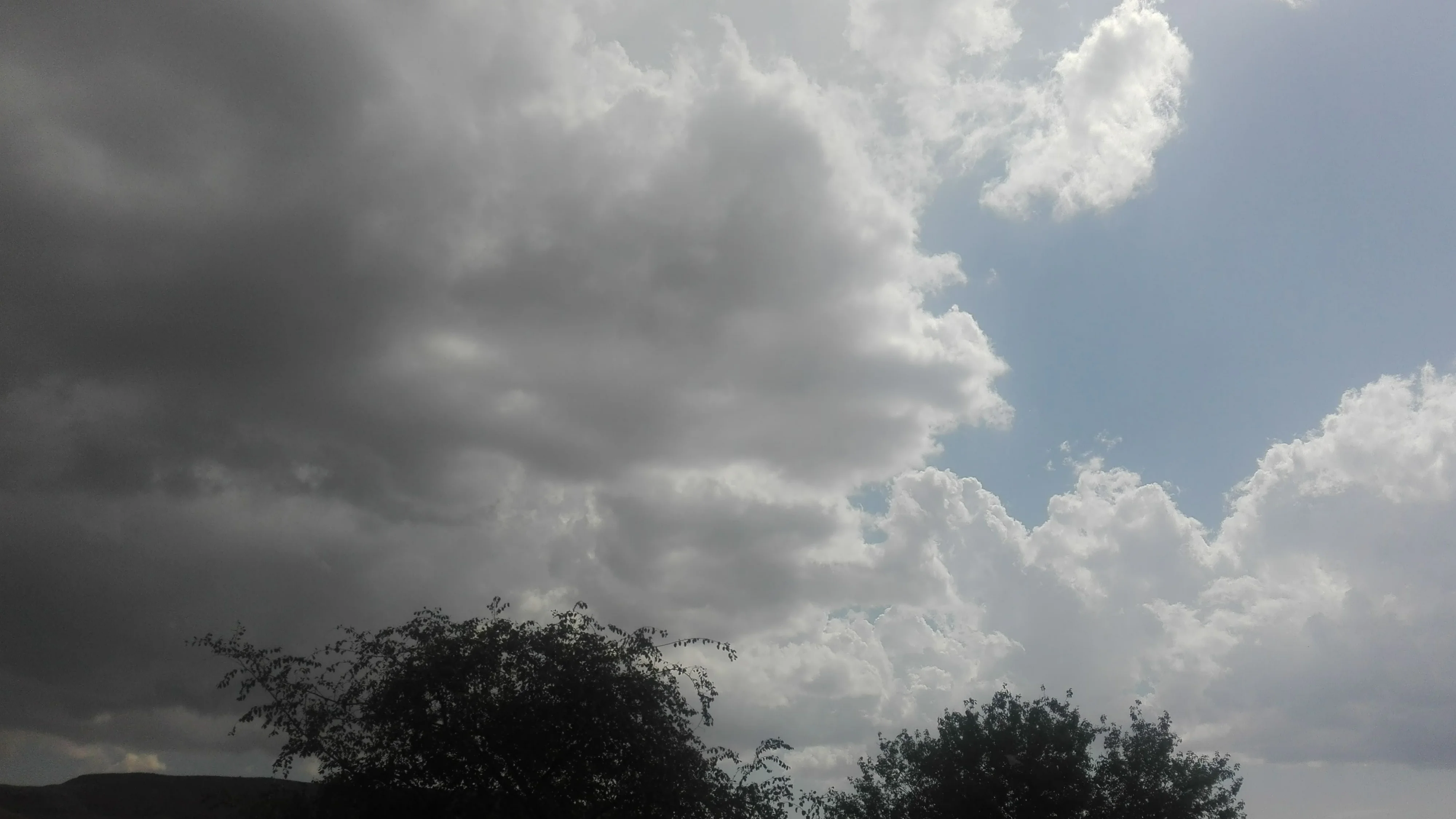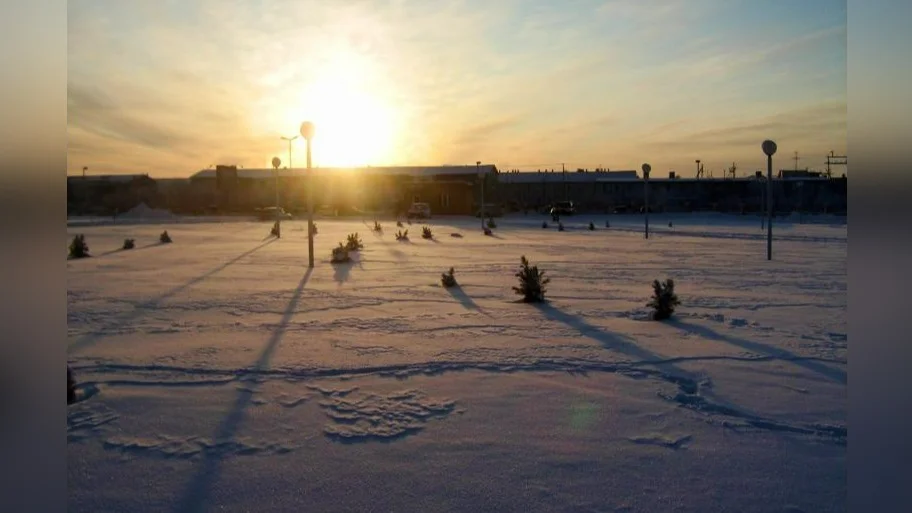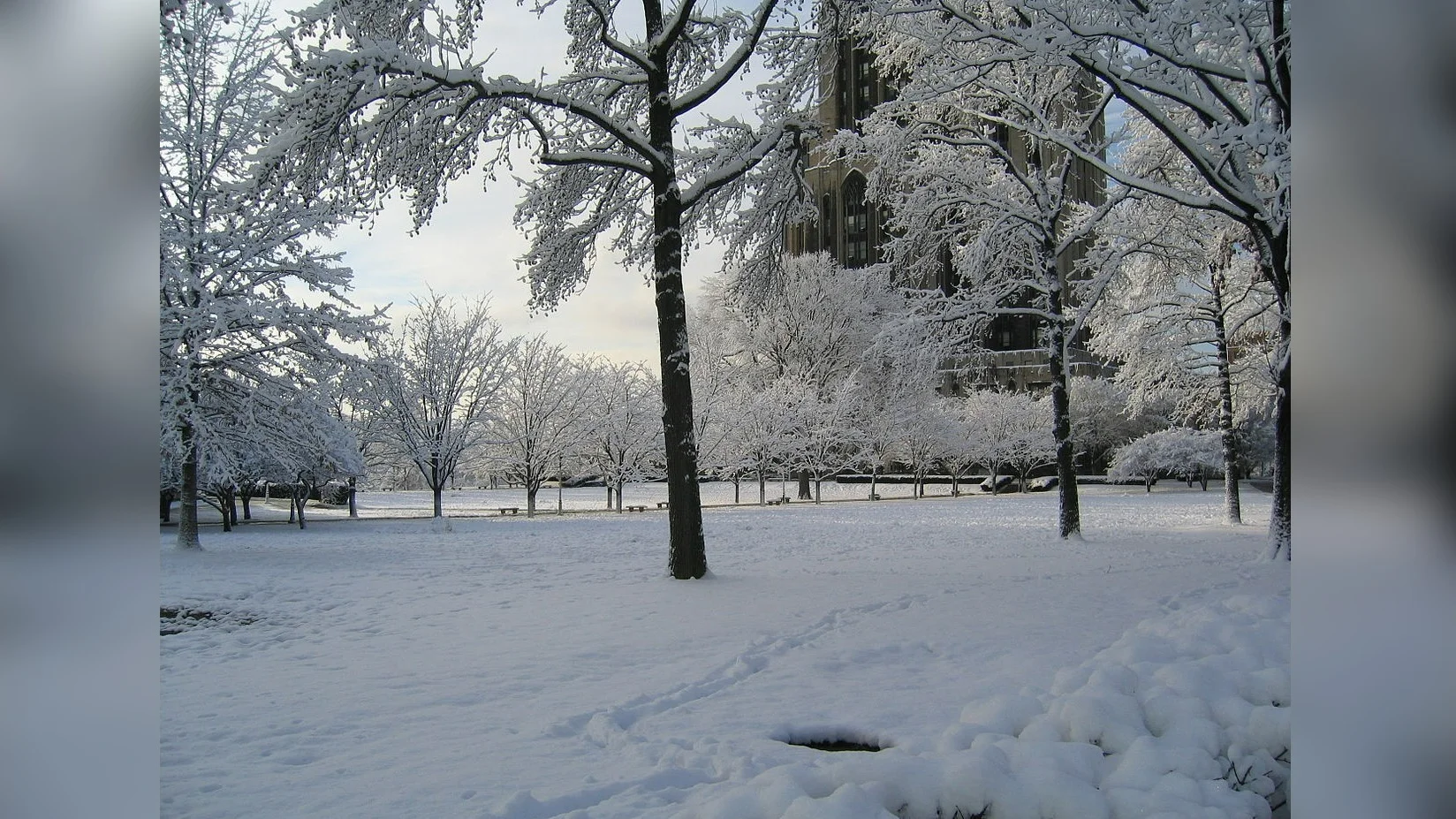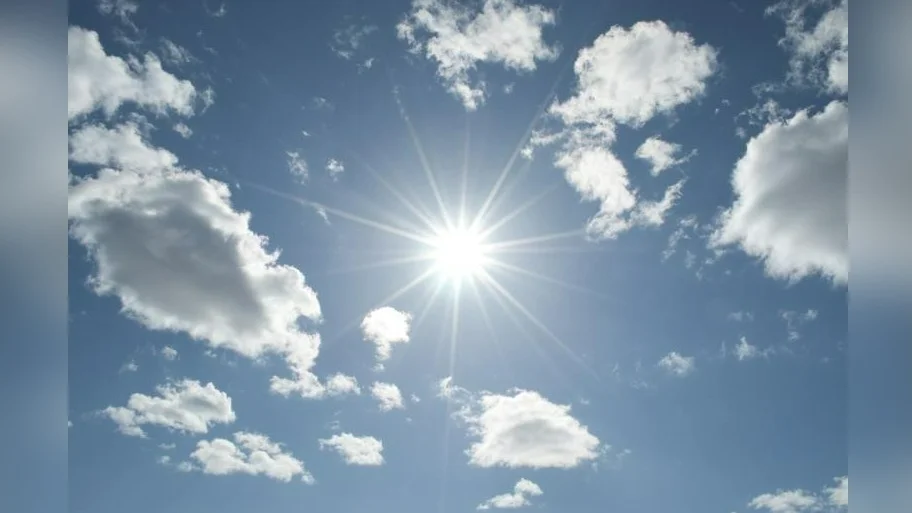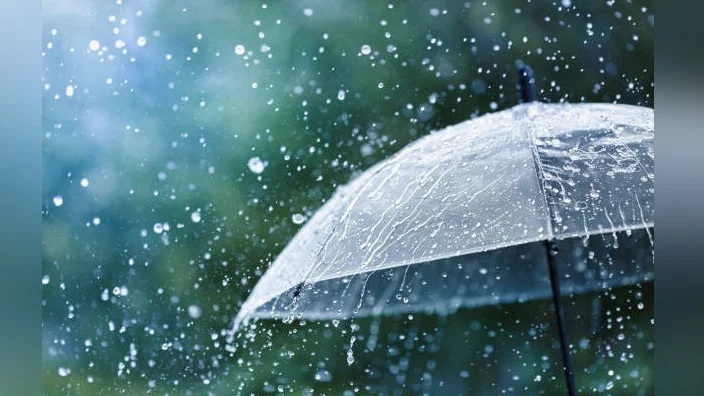Leaders from various faiths in Chicago gathered on September 10, 2025, for an interfaith symposium focused on the role of sacred spaces during challenging times. The event was hosted by The Church of Jesus Christ of Latter-day Saints and brought together about 150 representatives from more than a dozen religious traditions at the Church’s downtown meetinghouse.
Speakers addressed how sacred spaces serve not only as places to connect with God but also as venues for building relationships among people. Elder Steven D. Shumway of the Seventy emphasized this dual purpose: “Though we have differences in faith, and we come from very different backgrounds, we share a common belief that sacred spaces not only connect us with the divine but connect us with each other,” he said. “That is especially needed during challenging times.”
The Rev. Richard Fragomeni, a professor at Catholic Theological Union and presbyter of the diocese of Albany, New York, described Catholic churches as “houses wherein the temple of God gathers — the temple being community, the temple being people.”
Nisan Chavkin from Beth Emet the Free Synagogue discussed how synagogues historically functioned as places for learning and gathering. He explained that modern synagogues continue to serve as sanctuaries for prayer and assembly: “It is where we keep our scriptures. It has an elevated space where we lead our services. It has places for people to sit and gather and learn.”
The annual symposium began in 2023 and has grown each year in attendance and scope within Chicago’s interfaith community. Bruce Duffield, who oversees interfaith relations for The Church of Jesus Christ of Latter-day Saints in the region, noted: “In its third year, we are thrilled that our interfaith symposium has blossomed into such a wonderfully diverse gathering,” he said. “Chicago has a vibrant interfaith community. When people of goodwill come together in a setting like this to learn from each other and share a meal, great things happen.”
Rida Batool from the Council of Islamic Organizations of Greater Chicago attended to meet local interfaith leaders. She remarked on how speakers highlighted both architecture and shared experiences: “Although some speakers talked about architecture and structures, they also said the idea of a shared space creates something bigger than themselves.”
Imam Rizwan Ali spoke about his Muslim community’s experience building Masjid-An-Noor after overcoming opposition through support from other faith groups: “People fear what they don’t understand,” Imam Ali said. He added that sacred spaces are important for outreach: “Sacred spaces serve not just for prayer but as places for outreach to build bridges and relationships.”
Brent Smith from The Church’s Temple Department explained why temples are built within his tradition, referring to an ancient Hebrew word describing sacred relationships: “The temple is a place where we are reminded of our hesed or covenant relationship with Him,” Smith said.
Hannah Smith from Brigham Young University Law School addressed how sacred spaces can foster pluralism: “Sacred spaces can help reverse negative trends by reminding members of different faiths of their own stories of diversity and cooperation, which can inspire understanding and peaceful pluralism today,” she said.
Attorney Sam Maalouf attended because he believes it is important to set an example during difficult times: “We live in scary times,” Maalouf said. “And it’s important for us to set the example for others.”
Elder Shumway closed by encouraging attendees to focus on building strong relationships alongside constructing physical sacred spaces: “We make tremendous sacrifices and go to great detail to build these sacred buildings,” he said. He questioned what might happen if similar effort were put into nurturing relationships among people.
“What good is the sacred space if it does not change those who enter therein to worship?” Elder Shumway concluded.
 Alerts Sign-up
Alerts Sign-up
